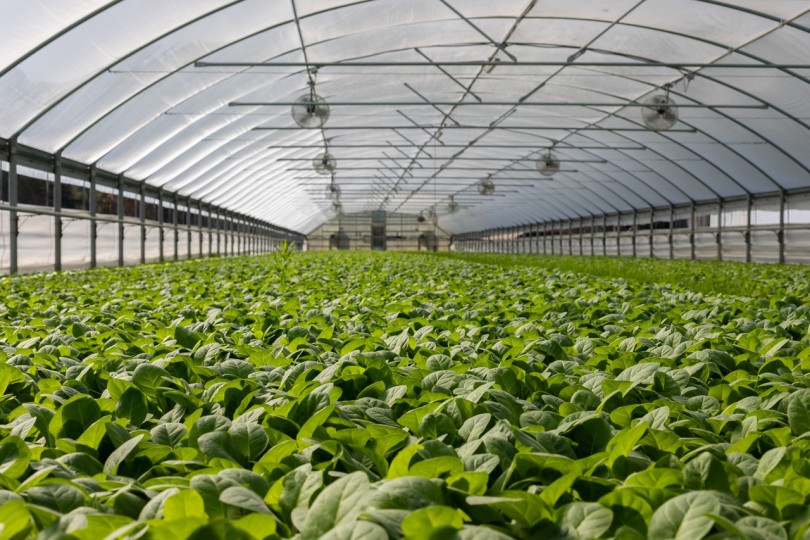Why Is the Gulf Attracting Climate Tech Businesses?
28 Jun 24
Enviro ChatThe Global News Source for the World of Science and Chemicals
18 November 2020
Enviro Chat
One silver lining incurred by the coronavirus pandemic is the catalysing effect it has had on many people’s attitudes towards the environment and how their own daily habits can impact upon it. As well as prompting individuals to reassess their daily routine, it has also encouraged governments to plough a more sustainable furrow.
The UAE is a case in point. At present, the country is forced to import up to 85% of the food consumed by its citizens, due to the fact that its arid climate and poor soil are not conducive to cultivating crops. However, hydroponics is one modern method of farming which could solve the issue.
The lack of rainfall in the UAE means that it is very difficult to irrigate crops effectively, while the inadequate state of soil makes growing anything even more challenging. However, hydroponics could circumnavigate these obstacles by dispensing with soil entirely and optimising the use of water in a controlled environment.
In practice, hydroponics take place in an indoor location, wherein the plants are either suspended in midway and are sprayed with a growing solution (containing exactly the right quantities of water and fertiliser), or else are placed in a structure which circulates the necessary nutrients to them. In either scenario, every aspect of the environment – temperature, humidity and light levels – are controlled with remarkable precision.
Because optimisation is the name of the game, hydroponics is reported to reduce water consumption by as much as a staggering 95%, while simultaneously enhancing crop yields by a factor of up to 12. That’s because each plant is receiving exactly the right amount of nutrition that it needs and no more, no less.
“Automation can set the release of nutrients and water circulation to a timer, while ensuring the oxygen content, PH levels and electrical conductivity of the water are at their optimal levels – all factors that determine a plant’s growth,” explains Paresh Purushothaman, MD of one of the UAE’s leading hydroponics companies. “There is a lot of support in the local community for developing farms that use water-conserving methods such as hydroponics.”
All of those incredible benefits make hydroponics a great fit for a country which is as dependent on imports as the UAE – but also for other nations all around the globe. As the world population continues to swell and resources dwindle, local farming will become more and more integral to our ongoing prosperity.
That’s especially true, given the onset of climate change and the potential proliferation of viral disease like COVID-19. It’s not just humans who are at risk, either – as many as 40% of plant species may be in danger of extinction, meaning innovative solutions like hydroponics could be crucial in the future.
DOWNLOAD PDF

2 Day Seminar Program
@ ArabLab+ 2024
24 & 25 September 2024
Your stay in Dubai
Labkit
Product News
Chemkit
Product News
Thinking about exhibiting at ARABLAB 2024? Watch our video to find out more.
Join the world’s leading organisations…
Join our mailing list and receive the ARABLAB newsletter and event updates.